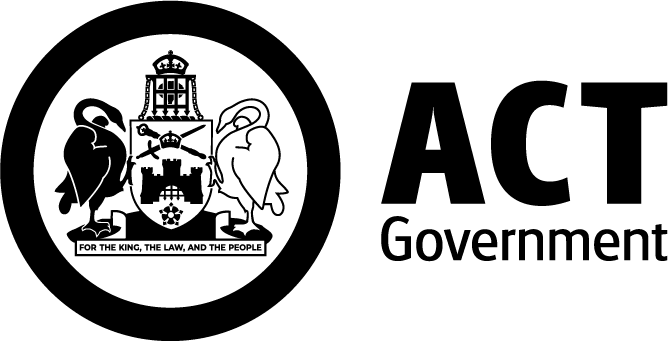Helping our ecosystems and wildlife recover
Namadgi National Park is an important natural asset with a rich diversity of wildlife. It’s home to many:
- birds
- bats
- frogs
- reptiles
- Mammals
- aquatic species.
Some species have been either directly or indirectly affected by the bushfires.
Wildlife recovery
The bushfires and floods damaged the land where ACT’s native plants and animals live. The fires also reduced water quality in our waterways, which many native aquatic species need to survive.
After the bushfires and floods, our native plants and animals will face many challenges for years. It’s important to manage these threats to help them recover.
The ACT's Recovery Program is working to protect plants and animals and support natural recovery.
They aim to:
- control and research predators and their impacts on threatened species after fires
- control and research feral herbivores and their impacts after fires
- keep breeding populations of threatened species at Tidbinbilla for recovery programs
- study post-fire activity, genetics, and the return of fauna populations in burnt areas
- reduce sediment impacts and remove debris that blocks streams, and possibly move fish species if needed
- work with the community to support weed control, monitoring, and other restoration efforts.
Impacted Wildlife
The Broad-toothed Rat
The Broad-toothed Rat (Mastacomys fuscus) is an endangered animal and a species of national concern. It's often found in Alpine Bogs and Fens, also threatened by bushfires. Bushfires affected around 10 of the 13 known populations of this rat in Namadgi. Key threats include habitat loss and increased risk from predators.
Gliders
There are 2 species of large gliders:
They're found in fire-affected areas and listed as species of national concern. Recent surveys show 3 areas in Namadgi where gliders live, 2 of which were impacted by fire.
Riek’s Crayfish
The Riek’s Crayfish (Euastacus rieki), a mountain spiny crayfish, lives in the tributaries and bogs of the following valleys:
- upper Cotter catchment
- upper Naas
- Orroral
- Gudgenby.
About 95% of its habitat in the ACT was burnt. The crayfish left their burrows due to poor water quality after the fires. This loss of habitat makes them vulnerable to predators.
Two-spined Blackfish
The Two-spined Blackfish (Gadopsis bispinosus) is a threatened fish species in the Upper Cotter catchment. 60% of the areas in the ACT important to the species were affected. Heavy rain after fires can lead to sediment in waterways and reduce water quality. This makes the water toxic to fish, leading to loss of local populations.
Macquarie Perch
The Macquarie Perch (Macquaria australasica) is another species of national concern. Much of its range was burnt nationally. Heavy rain after fires can lead to sediment in waterways and reduce water quality. This makes the water toxic to fish, leading to loss of local populations.
Related content
Find more information about monitoring and recovery efforts after the bushfires below:
